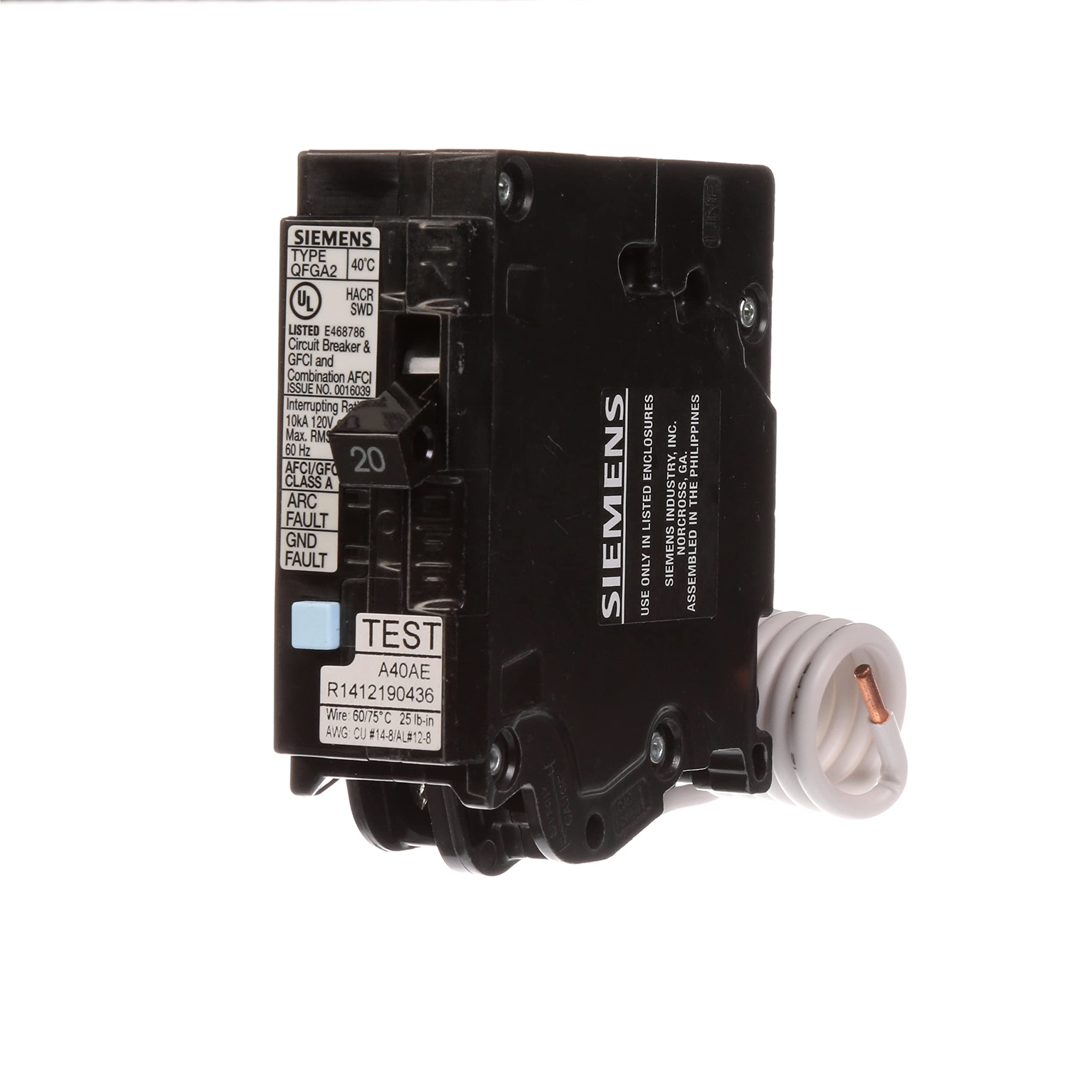

Articles
When Are GFCI Breakers Required
Modified: February 28, 2024
Find out when GFCI breakers are required and ensure the safety of your electrical system. Read articles on regulations and installation guidelines.
(Many of the links in this article redirect to a specific reviewed product. Your purchase of these products through affiliate links helps to generate commission for Storables.com, at no extra cost. Learn more)
Introduction
GFCI breakers, or Ground Fault Circuit Interrupter breakers, are an important safety feature in electrical systems. They are designed to protect against electrical shock and prevent the possibility of electrical fires caused by ground faults. A ground fault occurs when an electrical current deviates from its intended path and passes through an unintended conductor, such as a person or a wet surface.
Understanding the requirements for installing GFCI breakers is essential to ensuring the safety of your electrical system and preventing potential hazards. In this article, we will explore when GFCI breakers are required according to the National Electrical Code (NEC) and in various areas of a residential or commercial property.
By familiarizing yourself with GFCI breaker requirements, you can take the necessary steps to comply with electrical safety regulations and protect yourself, your family, or employees from electrical shocks and accidents.
Key Takeaways:
- GFCI breakers are essential for electrical safety, required in wet locations, kitchens, bathrooms, basements, garages, outdoor areas, and commercial/industrial settings. Proper installation and regular testing ensure optimal protection.
- Understanding GFCI breaker requirements is crucial for compliance with safety codes and protecting against electrical accidents. Prioritizing GFCI installation safeguards individuals and ensures a safer electrical environment.
Read more: Where Are AFCI/GFCI Breakers Required
Understanding GFCI Breakers
GFCI breakers are a type of circuit breaker that provide an added layer of protection against electrical shock. They work by monitoring the flow of electricity through a circuit. If they detect any imbalance in that flow, such as a ground fault or a short circuit, they quickly interrupt the circuit, cutting off the power supply and preventing potential electrocution or fires.
Unlike traditional circuit breakers that only protect against overloads and short circuits, GFCI breakers are specifically designed to detect small imbalances in electrical current, as low as 4-6 milliamperes (mA). This is crucial because it only takes a small amount of current to cause harm to a person or to start an electrical fire.
GFCI breakers are often used in areas where electricity and water may come into contact, such as bathrooms, kitchens, outdoor outlets, and wet locations. They are typically installed in the electrical panel and can protect multiple outlets or circuits downstream from them, providing a more comprehensive level of protection.
It’s important to note that GFCI breakers have a test button that should be regularly checked to ensure they are working properly. If the test button fails to trip the breaker, it may be an indication that the GFCI breaker needs to be replaced.
Having a clear understanding of how GFCI breakers function and why they are necessary will help you make informed decisions about their installation and usage in compliance with safety standards.
National Electrical Code (NEC) Requirements
The National Electrical Code (NEC) is a set of guidelines and regulations established by the National Fire Protection Association (NFPA) for the safe installation of electrical wiring and equipment. These requirements ensure that electrical systems are designed, installed, and maintained in a manner that minimizes the risk of electrical hazards.
The NEC includes specific requirements for the installation of GFCI breakers to ensure the safety of electrical circuits in various areas of a residential or commercial property. The following are some key NEC requirements for GFCI breaker installation:
- Receptacle Outlets: GFCI protection is required for all 125-volt, single-phase, 15- and 20-ampere receptacle outlets installed outdoors, in garages, basements, crawl spaces, kitchens, bathrooms, laundry areas, and boathouses. This includes both indoor and outdoor receptacles.
- Kitchens: All receptacle outlets installed to serve countertop surfaces within six feet of a sink must be GFCI protected. This requirement aims to protect individuals from accidental electrocution when using electrical appliances near water sources.
- Bathrooms: All receptacle outlets in bathrooms, including those located within six feet of a sink, must be GFCI protected. This applies to both 15-ampere and 20-ampere circuits.
- Basements and Crawl Spaces: GFCI protection is required for all receptacle outlets installed in unfinished portions of basements and crawl spaces.
- Garages and Outdoor Areas: All receptacle outlets installed outdoors, in garages, and in accessory buildings must be GFCI protected. This includes outlets used for landscape lighting, holiday decorations, and power tool usage.
- Laundry Rooms: GFCI protection is required for all receptacle outlets serving laundry areas, including those installed within six feet of laundry sinks. This helps minimize the risk of electrical shock when using appliances near water sources.
- Commercial and Industrial Settings: The NEC also mandates GFCI protection for various areas in commercial and industrial settings, including wet locations, kitchens, bathrooms, rooftop outlets, and areas with highly conductive fluids.
It is important to consult the most recent edition of the NEC or consult with a qualified electrician to ensure compliance with specific GFCI breaker requirements in your location and for your particular electrical system.
Adhering to the NEC requirements for GFCI breaker installation is crucial for maintaining a safe electrical environment and preventing electrical accidents and hazards.
GFCI Breakers in Wet Locations
Wet locations are areas where water is present or likely to come into contact with electrical equipment. These areas include bathrooms, kitchens, laundry rooms, outdoor outlets, pools, and hot tubs. Due to the increased risk of electrical shock in these environments, GFCI protection is essential for electrical outlets and circuits.
In wet locations, GFCI breakers are required by the National Electrical Code (NEC) to ensure the safety of individuals and prevent electrical accidents. GFCI breakers provide a higher level of protection compared to regular circuit breakers, as they can detect even minor imbalances in electrical current and quickly shut off the power in case of a ground fault.
When it comes to wet locations, it is crucial to understand the specific NEC requirements for GFCI breaker installation. For example, in bathrooms, all receptacle outlets, including those within six feet of a sink, must be protected by GFCI. This includes outlets near bathtubs, showers, and jacuzzi tubs. Similarly, in kitchens, GFCI protection is required for all outlets serving countertop surfaces near sinks.
Outdoor outlets and receptacles in wet locations such as patios, decks, and gardens should also be protected with GFCI breakers. This includes outlets used for powering outdoor appliances, lawn equipment, or holiday lighting. GFCI protection is essential in preventing shock hazards caused by moisture, rain, or accidental water contact.
It is important to keep in mind that GFCI breakers not only provide protection for the outlets they directly serve but also offer downstream protection for additional outlets or circuits connected to them. This means that if a GFCI breaker trips due to a ground fault, all the downstream outlets on the GFCI-protected circuit will lose power, thus preventing potential hazards.
Proper installation and regular testing of GFCI breakers in wet locations are vital for maintaining a safe electrical environment. Inspections and maintenance should be conducted periodically to ensure the GFCI breakers operate correctly and provide the necessary protection against electrical shocks. If a GFCI breaker fails to trip during testing or in the event of a ground fault, it should be promptly replaced by a qualified electrician.
By adhering to the NEC requirements and installing GFCI breakers in wet locations, you can significantly reduce the risk of electrical accidents and ensure the safety of yourself, your family, or anyone using the electrical system in these areas.
GFCI Breakers in Kitchens
Kitchens are one of the most important areas in a home when it comes to electrical safety. With the presence of water, moisture, and numerous electrical appliances, the risk of electrical shock and potential hazards is heightened. To mitigate these risks, the National Electrical Code (NEC) mandates the use of GFCI breakers in kitchens.
GFCI breakers provide an additional layer of protection by quickly detecting ground faults and interrupting the circuit, thereby preventing electrical shocks and potential fires. In kitchens, GFCI protection is required for all 125-volt, single-phase, 15- and 20-ampere receptacle outlets that serve countertop surfaces within six feet of a sink.
Countertops are often the primary workspace in the kitchen, where various electrical appliances like blenders, toasters, and microwaves are used. The close proximity to sinks increases the risk of accidental water contact and potential electrocution. By installing GFCI breakers for these outlets, the risk of electrical accidents can be significantly reduced.
It is important to note that GFCI breakers provide protection not only for the outlet they are installed on but also for any downstream outlets or receptacles on the same circuit. This means that if a ground fault occurs at any point along the circuit, the GFCI breaker will trip, cutting off power to all the connected outlets, preventing electrical shocks in the entire circuit.
In addition to countertop outlets, any other outlets within six feet of a sink in the kitchen also require GFCI protection. This includes outlets for dishwashers, refrigerators with icemakers, and even outlets above the countertop that may be used for small appliances.
Installing GFCI breakers in kitchen outlets should be done by a qualified electrician to ensure they are properly wired and provide the necessary protection. It is recommended to have the GFCI breakers tested periodically using the built-in test button to ensure they are functioning correctly.
By adhering to the NEC requirements for GFCI breaker installation in kitchens, you can create a safer environment for cooking and minimize the risk of electrical accidents. Whether you are a homeowner or a renter, ensuring the proper installation and functionality of GFCI breakers is vital to protecting yourself, your family, and anyone utilizing the electrical system in the kitchen.
Read more: Where Are AFCI Breakers Required
GFCI Breakers in Bathrooms
Bathrooms are high-moisture areas where the risk of electrical shock is particularly elevated. To ensure the safety of individuals using electrical appliances and outlets in bathrooms, the National Electrical Code (NEC) mandates the use of Ground Fault Circuit Interrupter (GFCI) breakers.
A GFCI breaker is designed to provide enhanced protection against ground faults, which occur when an electrical current deviates from its intended path and flows through an unintended conductor, such as a person or wet surface. GFCI breakers can quickly detect these ground faults and interrupt the circuit, minimizing the risk of electrical shock.
The NEC requires GFCI protection for all receptacle outlets in bathrooms. This includes outlets located within six feet of sinks, bathtubs, showers, and other wet areas. By installing GFCI breakers for these outlets, the probability of electrical accidents caused by water contact or moisture is significantly reduced.
It is important to note that GFCI breakers not only provide protection for the outlet they are directly connected to but also offer downstream protection for other outlets or fixtures connected to the same circuit. So, if a ground fault occurs in any part of the circuit, the GFCI breaker will trip, cutting off power to the entire circuit downstream from it and preventing electrical shocks.
When installing GFCI breakers in bathrooms, it is crucial to seek the assistance of a qualified electrician. They will ensure that the breakers are correctly wired and provide the necessary protection. Additionally, it’s recommended to periodically test the GFCI breakers using the built-in test button to ensure they are functioning properly.
By fulfilling the NEC requirements for GFCI breaker installation in bathrooms, you can create a safer environment for individuals using electrical devices and outlets in these areas. Whether you are a homeowner, a tenant, or a business owner, prioritizing electrical safety in bathrooms is essential to protect yourself, your family, and your guests from the potential hazards of electrical shocks.
GFCI breakers are required in areas where there is a higher risk of electrical shock, such as kitchens, bathrooms, outdoor outlets, and garages. It’s important to check local building codes for specific requirements.
GFCI Breakers in Basements and Crawl Spaces
Basements and crawl spaces are areas of a home or building that often house electrical panels, wiring, and outlets. These spaces can be prone to dampness, moisture, and occasional flooding, making them potential sources of electrical hazards. To ensure the safety of individuals and protect against electrical accidents, the National Electrical Code (NEC) requires the use of Ground Fault Circuit Interrupter (GFCI) breakers in basements and crawl spaces.
GFCI breakers provide an additional layer of protection by quickly detecting ground faults, which occur when an electrical current deviates from its intended path and flows through an unintended conductor, such as a person or wet surface. The GFCI breaker senses this imbalance and interrupts the circuit, reducing the risk of electrical shock.
In basements and crawl spaces, GFCI protection is required for all receptacle outlets. This includes outlets installed in finished or unfinished areas of these spaces. By installing GFCI breakers for these outlets, the risk of electrical accidents caused by moisture or damp conditions is significantly mitigated.
It is important to note that GFCI breakers not only provide protection for the outlet they are directly connected to but also offer downstream protection for other outlets or fixtures connected to the same circuit. So, if a ground fault occurs in any part of the circuit, the GFCI breaker will trip, cutting off power to the entire circuit downstream from it and preventing electrical shocks.
When it comes to installation, it is recommended to consult a qualified electrician for proper wiring and placement of GFCI breakers in basements and crawl spaces. They can ensure compliance with the NEC requirements and help address any specific considerations or challenges posed by these areas.
Regular maintenance and testing of GFCI breakers are essential to ensure they are functioning correctly. The built-in test button on GFCI breakers allows for easy testing, and any GFCI breaker that fails to trip during testing should be promptly replaced by a qualified electrician.
By following the NEC requirements for GFCI breaker installation in basements and crawl spaces, you can create a safer electrical environment and minimize the risk of electrical accidents. Whether you use these spaces for storage, as living areas, or for housing electrical equipment, prioritizing electrical safety is vital for protecting yourself, your family, and your property.
GFCI Breakers in Garages and Outdoor Areas
Garages and outdoor areas are common places where electrical outlets and appliances are used, making them important areas to prioritize electrical safety. The National Electrical Code (NEC) mandates the use of Ground Fault Circuit Interrupter (GFCI) breakers in these spaces to minimize the risk of electrical accidents and ensure the protection of individuals.
GFCI breakers are designed to detect ground faults and quickly interrupt the circuit to prevent electrical shocks. These ground faults occur when an electrical current deviates from its intended path and flows through an unintended conductor, such as a person or wet surface. By installing GFCI breakers in garages and outdoor areas, you can significantly reduce the chances of electrical accidents.
In garages, GFCI protection is required for all 125-volt, single-phase, 15- and 20-ampere receptacle outlets. This includes outlets used for powering tools, equipment, and other electrical devices commonly found in garages. Since garages are exposed to moisture, potential water leaks, and damp conditions, GFCI protection helps mitigate the risk of electrical shock in these areas.
In outdoor areas, GFCI protection is essential due to the exposure to a wide range of weather conditions and potential contact with moisture. Any outdoor receptacle outlets, including those used for landscape lighting, holiday decorations, and power tools, must have GFCI protection. This includes outlets installed on patios, decks, gardens, or any other outdoor areas.
It is worth noting that GFCI breakers not only provide protection for the outlet they are directly connected to but also offer downstream protection for other devices or outlets connected to the same circuit. This means that if a ground fault occurs anywhere along the circuit, the GFCI breaker will trip, cutting off power to all the connected outlets, ultimately preventing electrical shocks.
Professional installation by a qualified electrician is recommended to ensure the proper wiring and functionality of GFCI breakers in garages and outdoor areas. Additionally, regular testing of GFCI breakers using the built-in test button is crucial to ensure they are operating correctly. Any GFCI breaker that fails to trip during testing should be promptly replaced by a qualified professional.
By adhering to the NEC requirements and installing GFCI breakers in garages and outdoor areas, you are taking a proactive approach to electrical safety. These safety measures help protect yourself, your family, and anyone using these spaces from the potential hazards of electrical shocks, ensuring a safer environment for everyone.
GFCI Breakers in Laundry Rooms
Laundry rooms are spaces where electrical appliances such as washing machines, dryers, and ironing equipment are commonly used. Due to the presence of water sources and damp conditions, there is an increased risk of electrical accidents and potential hazards in these areas. To enhance safety and minimize the risk of electrical shocks, the National Electrical Code (NEC) requires the use of Ground Fault Circuit Interrupter (GFCI) breakers in laundry rooms.
GFCI breakers provide an additional layer of protection by quickly detecting ground faults, which occur when an electrical current deviates from its intended path and flows through an unintended conductor, such as a person or wet surface. The GFCI breaker senses this imbalance and interrupts the circuit, reducing the risk of electrical shock.
In laundry rooms, GFCI protection is required for all receptacle outlets. This includes outlets used for powering the washing machine, dryer, and other electrical devices commonly found in laundry areas. Since laundry rooms involve the use of water and moisture, GFCI protection is essential to prevent electrical accidents.
NEC guidelines specify that GFCI protection is required for all receptacle outlets serving laundry areas, including those situated within six feet of laundry sinks. This requirement focuses on minimizing the risk of electrical shock when using appliances near water sources.
It is crucial to ensure that GFCI breakers are properly installed by a qualified electrician in laundry rooms. This ensures the correct wiring and functionality of the breakers, providing the necessary protection. Regular testing of GFCI breakers using the built-in test button is recommended to ensure they are functioning correctly. If a GFCI breaker fails to trip during testing or in the event of a ground fault, it should be promptly replaced by a qualified electrician.
By following the NEC requirements for GFCI breaker installation in laundry rooms, you can significantly reduce the risk of electrical accidents and create a safer environment. Whether you are a homeowner or a renter, prioritizing electrical safety in laundry areas is crucial to protect yourself, your family, and anyone using the appliances or electrical system in these spaces.
Read more: How To Wire A Hot Tub GFCI Breaker
GFCI Breakers in Commercial and Industrial Settings
GFCI breakers, short for Ground Fault Circuit Interrupter breakers, play a critical role in ensuring electrical safety in commercial and industrial settings. These settings often involve complex electrical systems, heavy machinery, and high-risk work environments. To protect employees, equipment, and property from electrical accidents, the National Electrical Code (NEC) specifies the use of GFCI breakers in various areas of commercial and industrial facilities.
In wet locations within commercial and industrial settings, GFCI protection is a requirement. Wet locations include areas with a high likelihood of moisture or water contact, such as kitchens, bathrooms, manufacturing areas, and processing floors. By installing GFCI breakers in these spaces, the risk of electrical shock due to ground faults is mitigated.
Kitchens, whether in a commercial restaurant or industrial cafeteria, are subject to strict regulations regarding electrical safety. GFCI breakers are necessary for all receptacle outlets serving countertop surfaces near sinks, providing an extra layer of protection for employees and ensuring compliance with safety standards.
In bathrooms within commercial and industrial settings, GFCI protection is required for all receptacle outlets, including those near sinks and in areas where employees may have access to water sources. This includes public restrooms, employee facilities, and other areas where water is present.
Roof-mounted outlets and outlets in areas with highly conductive fluids also require GFCI protection. These areas are prone to increased electrical hazards, and the installation of GFCI breakers ensures the safety of personnel working in these environments.
It is important to note that in commercial and industrial settings, it is crucial to consult with a qualified electrician or electrical engineer to ensure compliance with specific requirements. They can conduct a thorough assessment of the electrical system and identify areas where GFCI protection is necessary.
GFCI breakers should be regularly tested using the built-in test button to ensure proper functioning. If a GFCI breaker fails to trip during testing or in the event of a ground fault, it should be immediately replaced by a qualified professional.
By adhering to the NEC requirements and installing GFCI breakers in commercial and industrial settings, business owners can provide a safer work environment for their employees and minimize the risk of electrical accidents. Ensuring compliance with electrical safety standards protects both the workforce and the integrity of the business.
Conclusion
GFCI breakers are an essential component of electrical safety, providing protection against electrical shocks and potential hazards caused by ground faults. Understanding the requirements for installing GFCI breakers is crucial to ensure compliance with the National Electrical Code (NEC) and maintain a safe electrical environment.
Throughout this article, we have explored when GFCI breakers are required in various areas of residential and commercial properties. From wet locations, kitchens, and bathrooms to basements, crawl spaces, garages, outdoor areas, and even commercial and industrial settings, GFCI protection is crucial to preventing electrical accidents and ensuring the well-being of individuals.
We have learned that GFCI breakers detect ground faults by monitoring electrical current imbalances and act swiftly to interrupt the circuit, minimizing the risk of electrical shocks. By installing GFCI breakers, not only do you protect the outlet they are directly connected to, but you also ensure protection for downstream outlets and circuits connected to the same GFCI breaker.
Proper installation of GFCI breakers by a qualified electrician, as well as regular testing using the built-in test button, are important for ensuring the optimal functioning and effectiveness of GFCI protection. If a GFCI breaker fails to trip during testing or in the event of a ground fault, it should be replaced promptly to maintain the highest level of safety.
By adhering to NEC requirements for GFCI breaker installation, homeowners, renters, and business owners can create a safer electrical environment, protect their families, employees, and customers from potential electrical accidents, and maintain compliance with electrical safety codes and regulations.
Remember, electrical safety is paramount. Whether it’s in wet locations, kitchens, bathrooms, garages, outdoor areas, or commercial and industrial settings, GFCI breakers are a fundamental safeguard against electrical hazards. Prioritizing the installation of GFCI breakers ensures peace of mind, knowing that you have taken the necessary precautions to protect yourself and others from the potential dangers of electrical shocks.
Frequently Asked Questions about When Are GFCI Breakers Required
Was this page helpful?
At Storables.com, we guarantee accurate and reliable information. Our content, validated by Expert Board Contributors, is crafted following stringent Editorial Policies. We're committed to providing you with well-researched, expert-backed insights for all your informational needs.
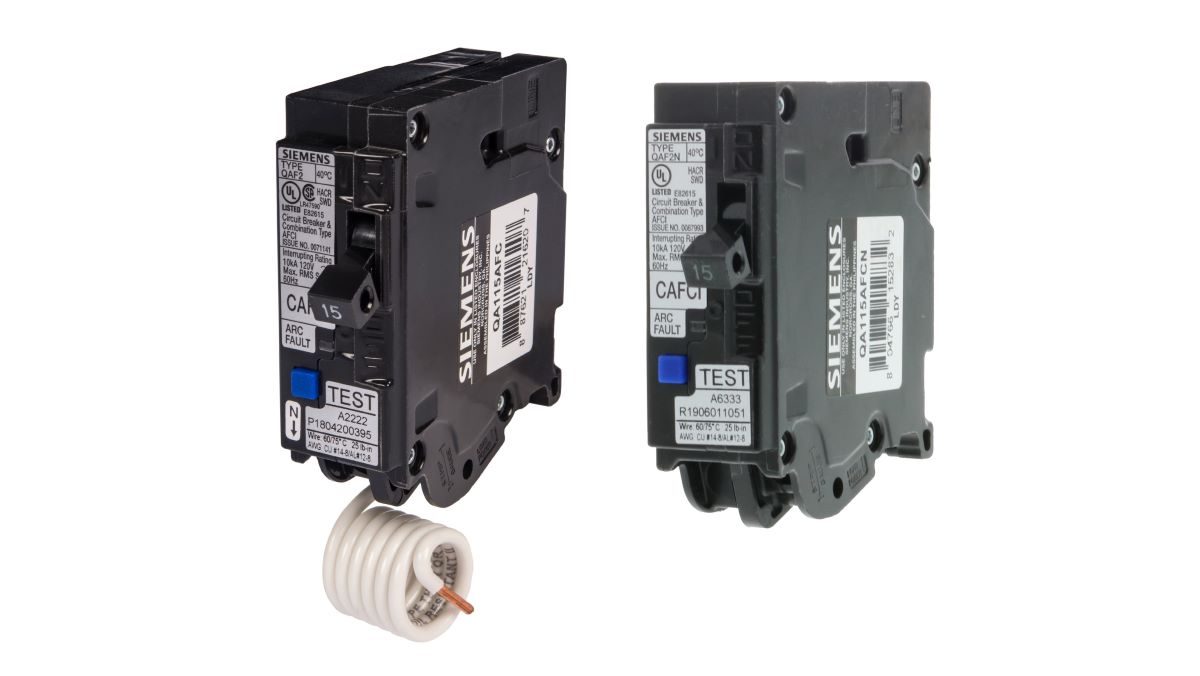
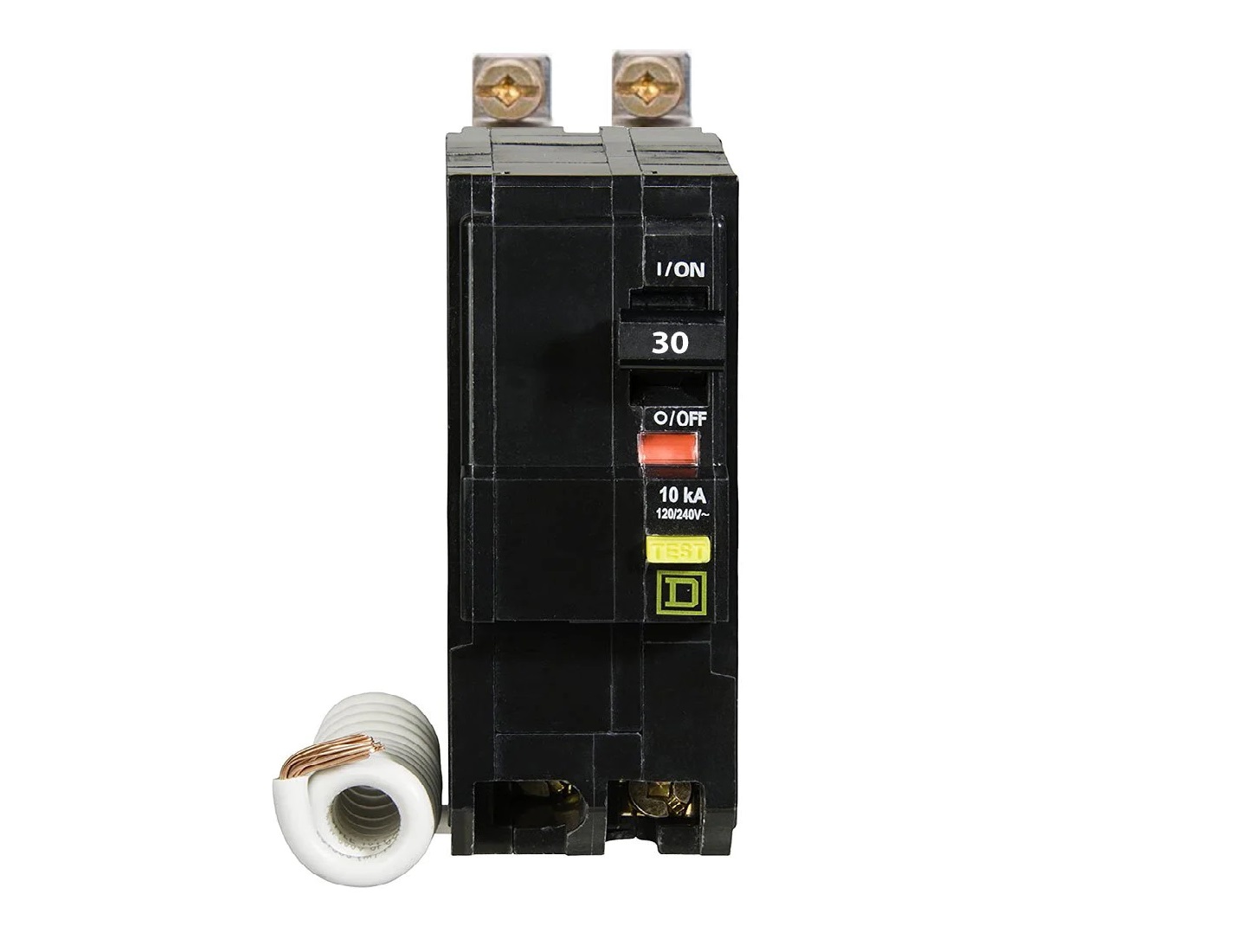
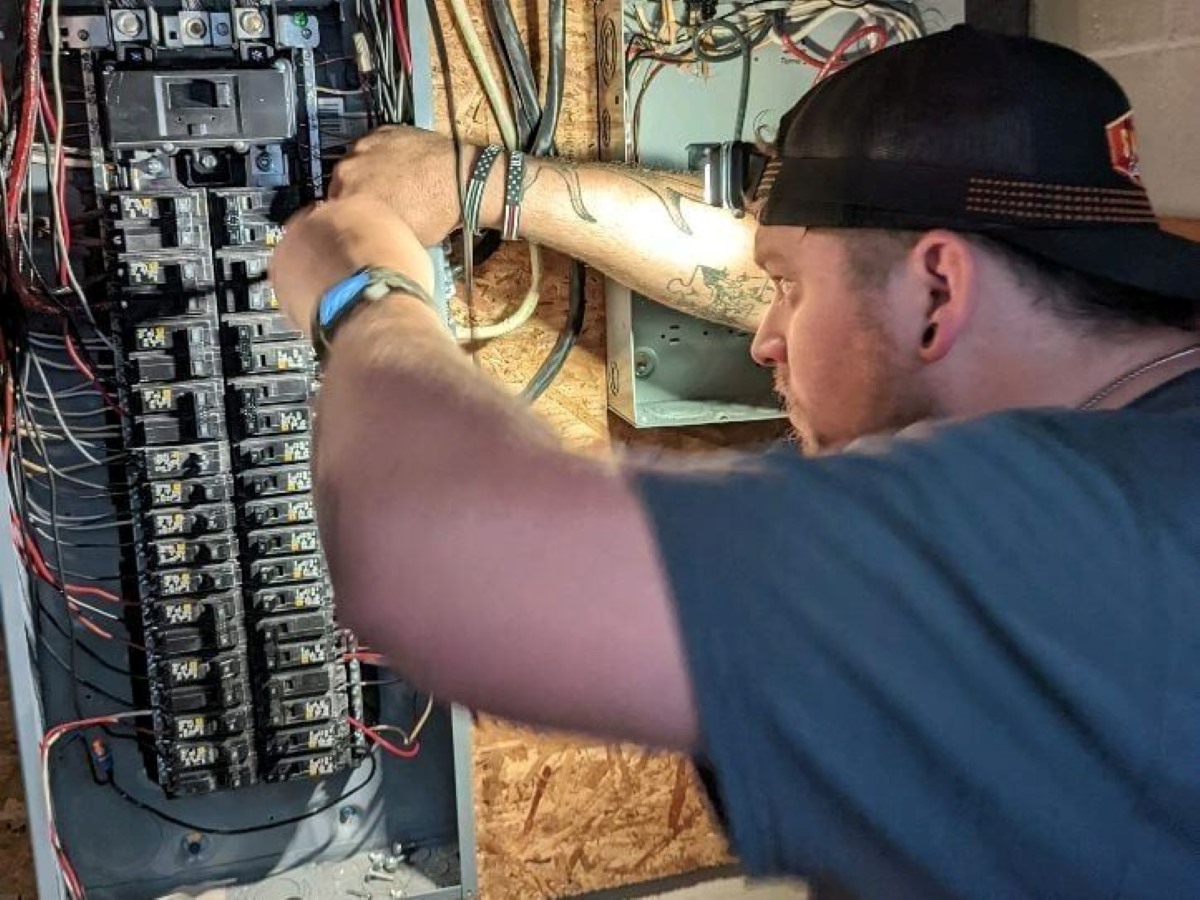
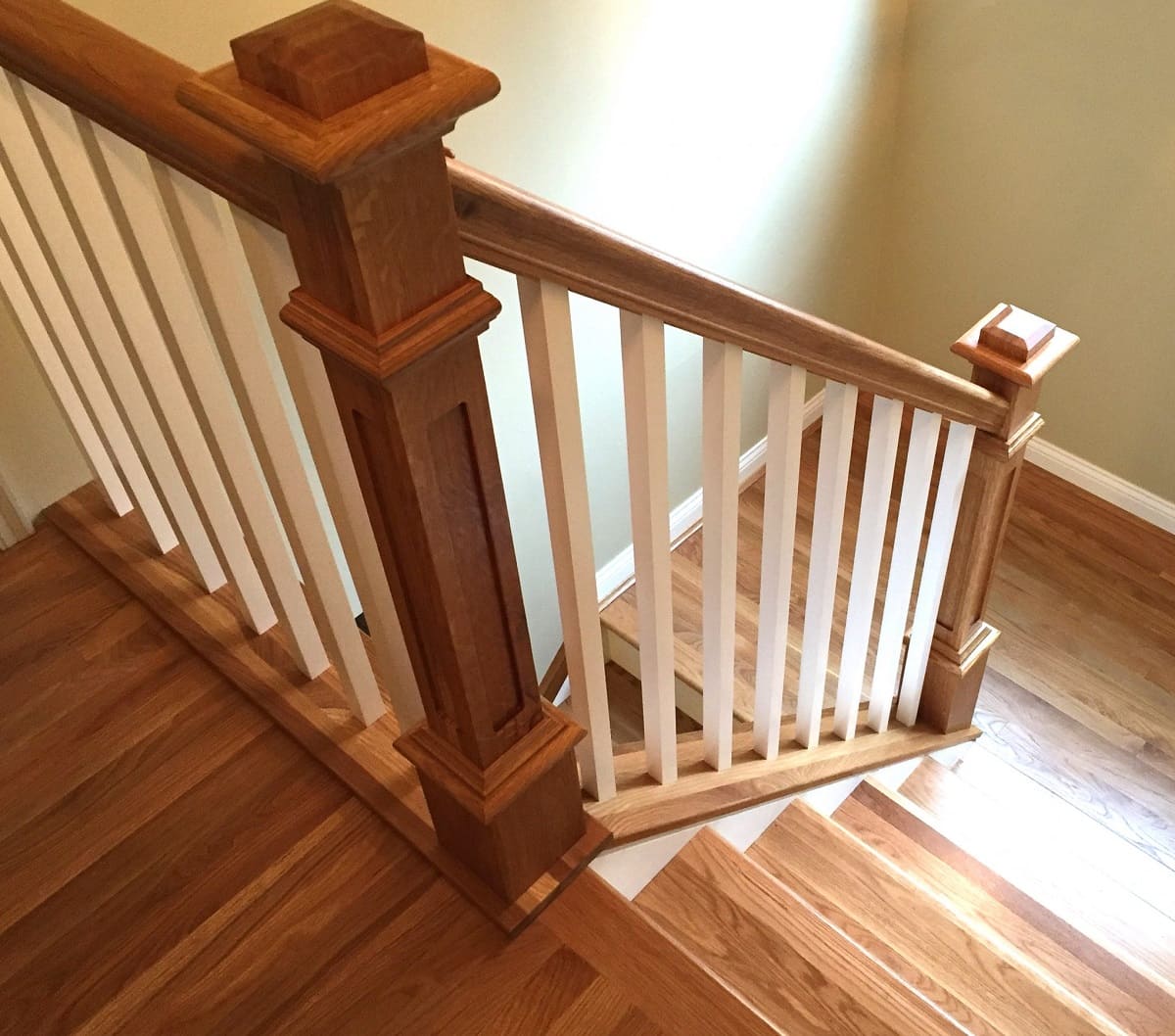
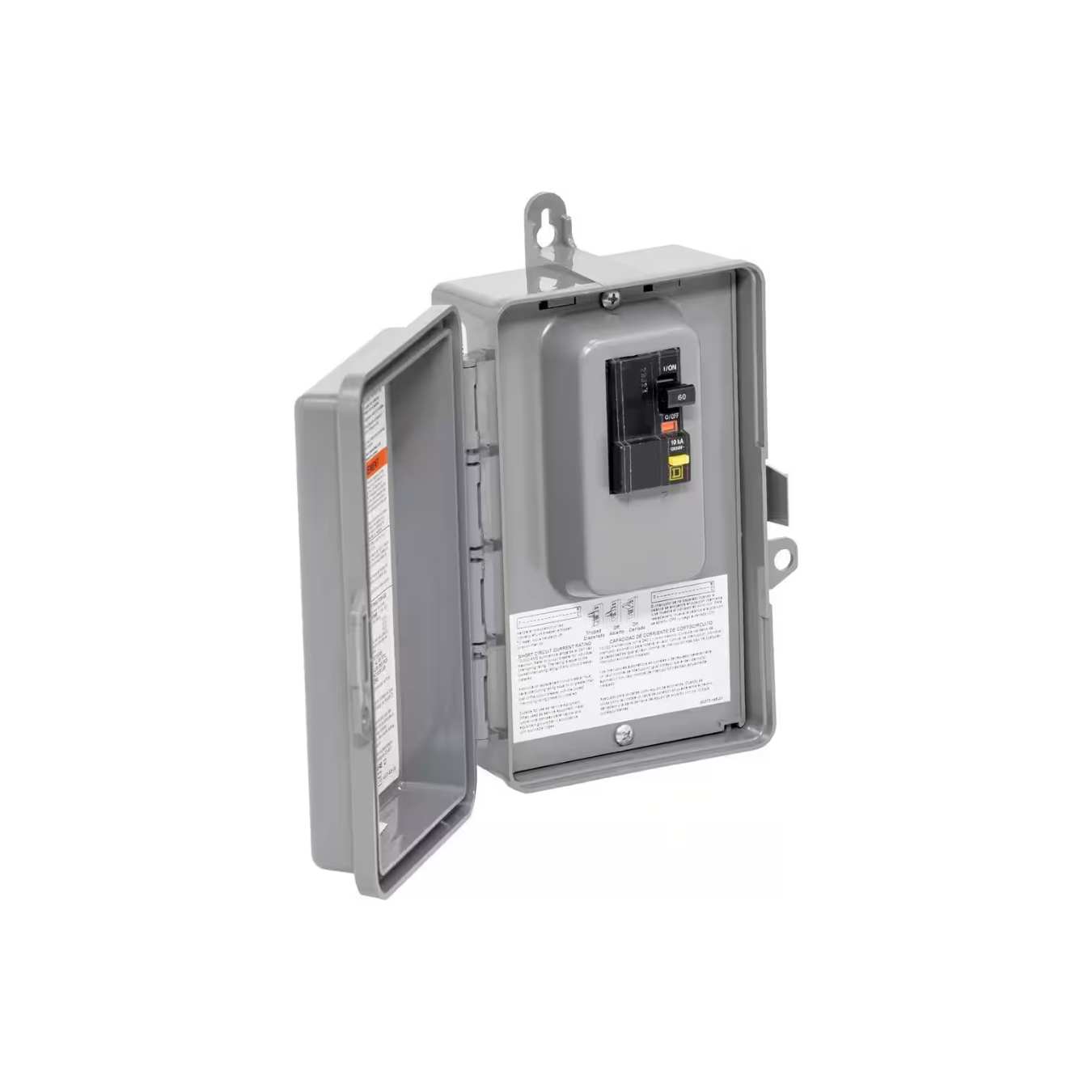
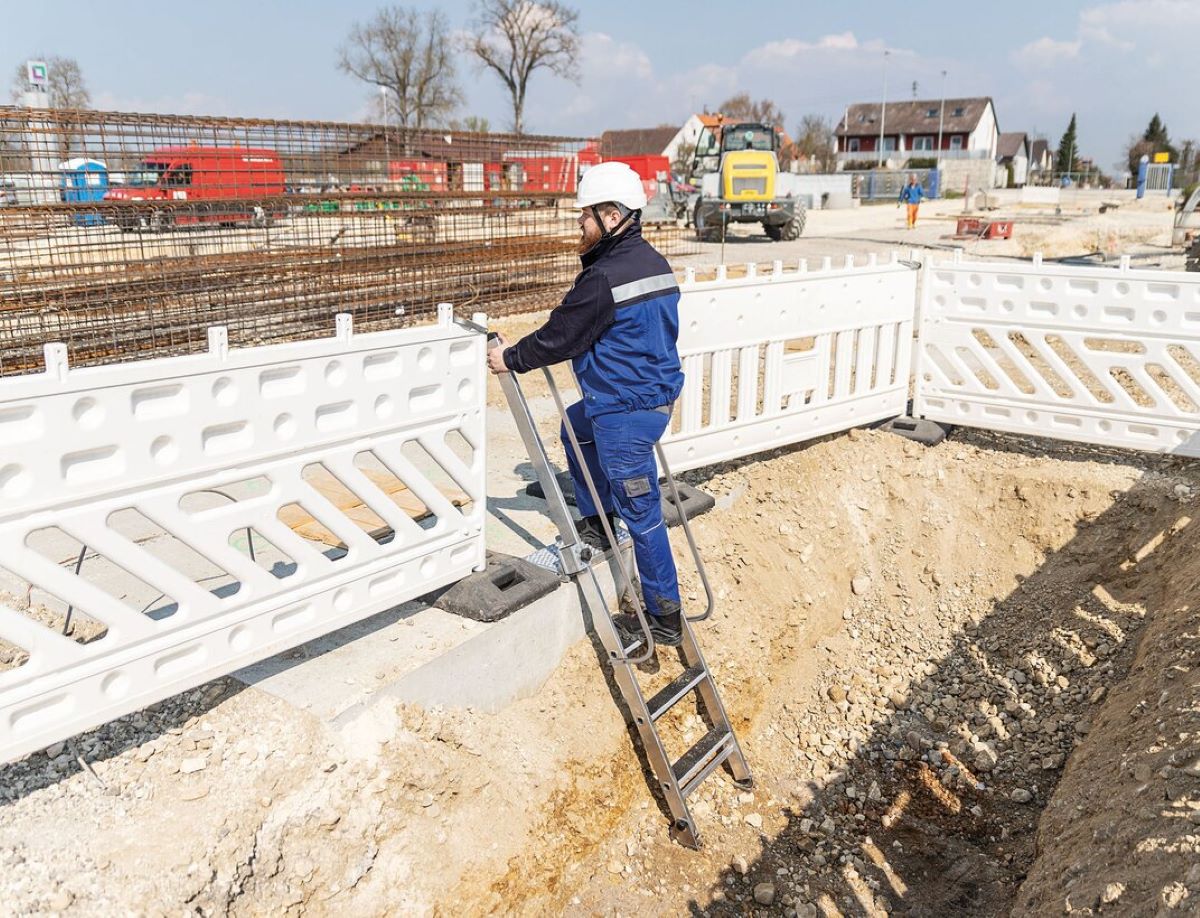
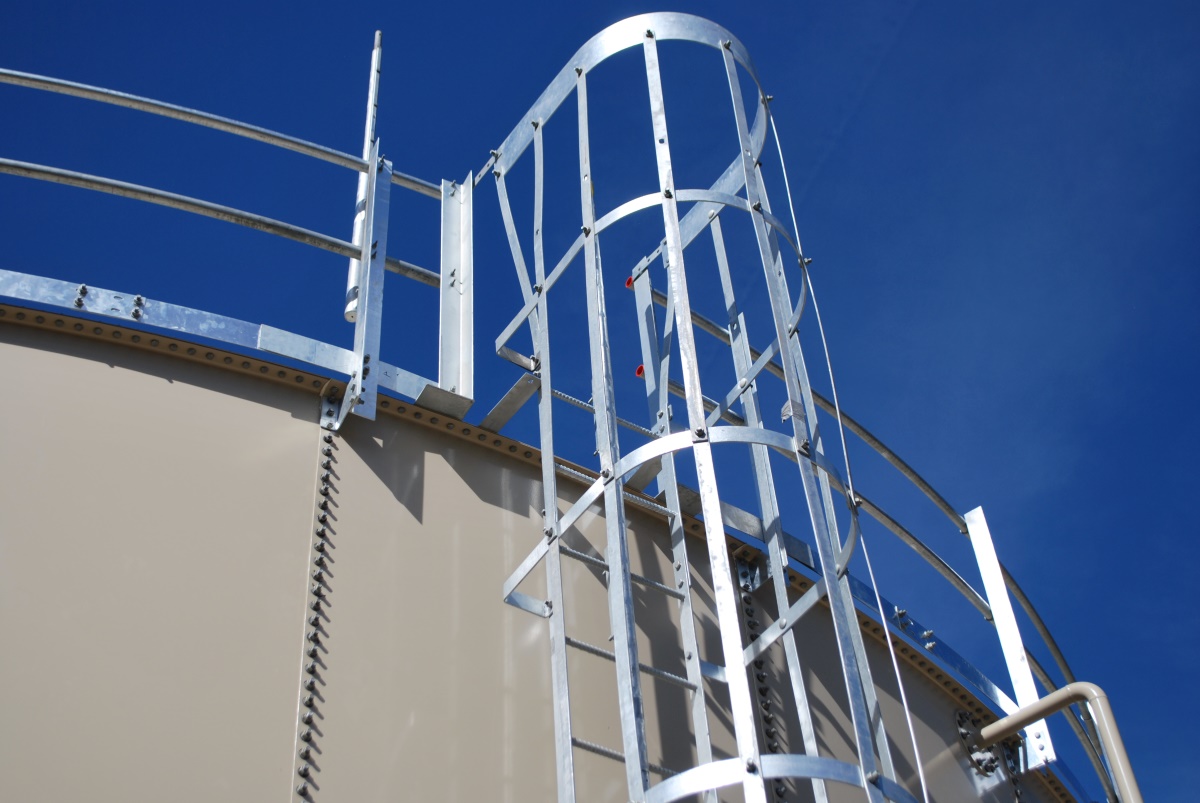

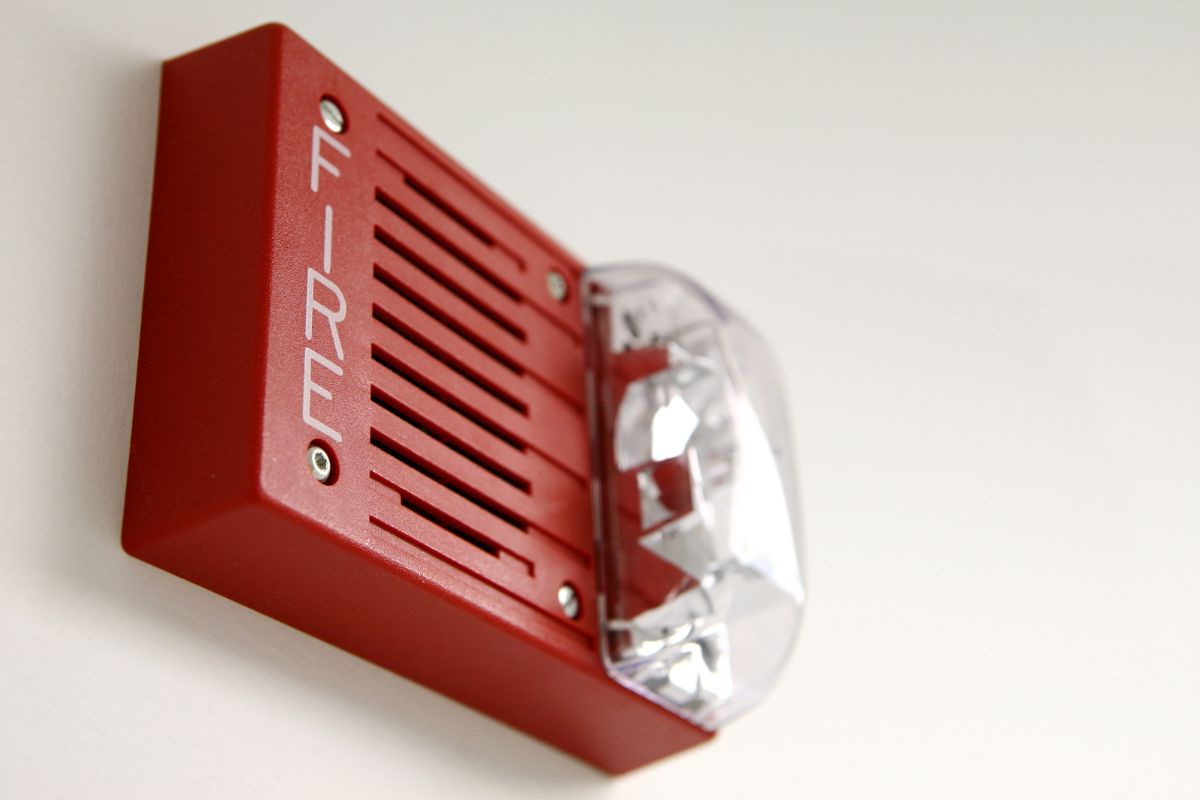

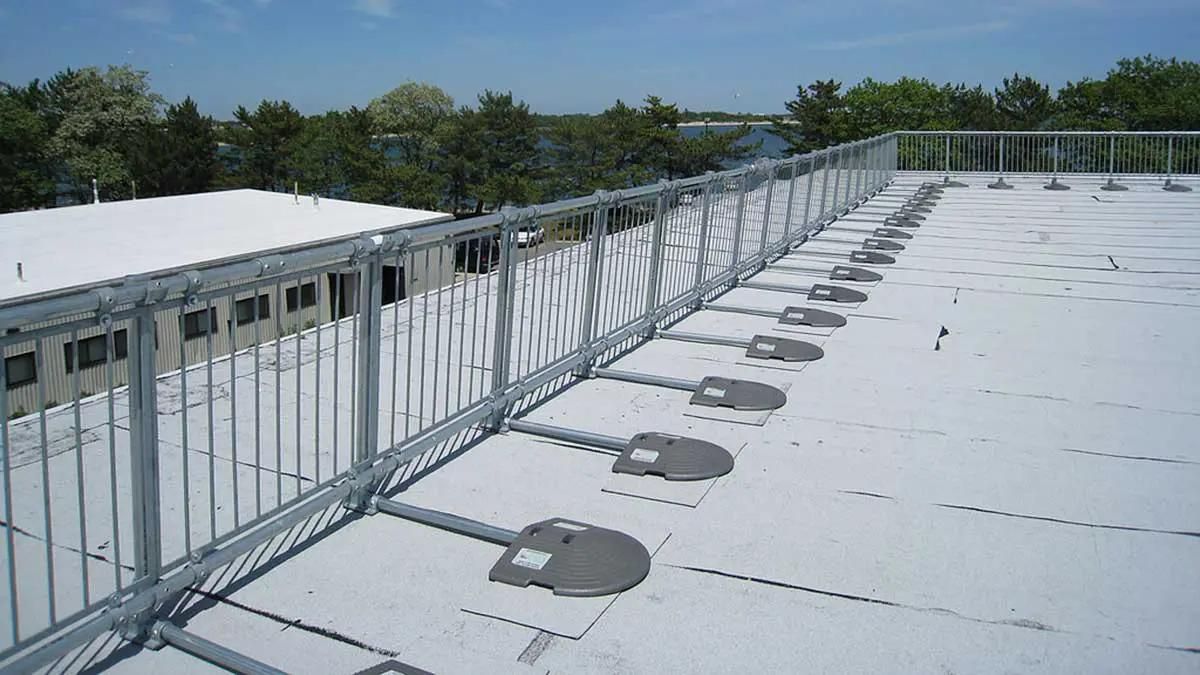
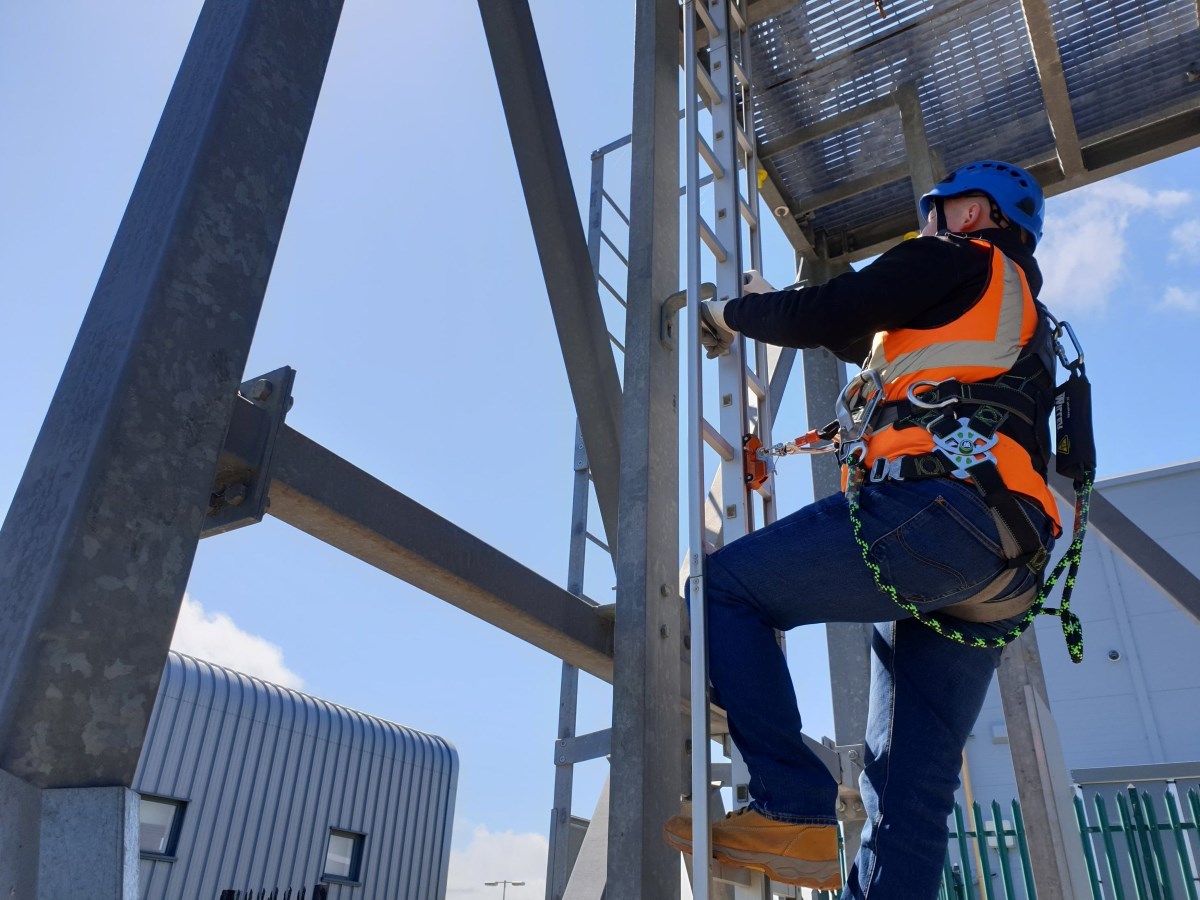
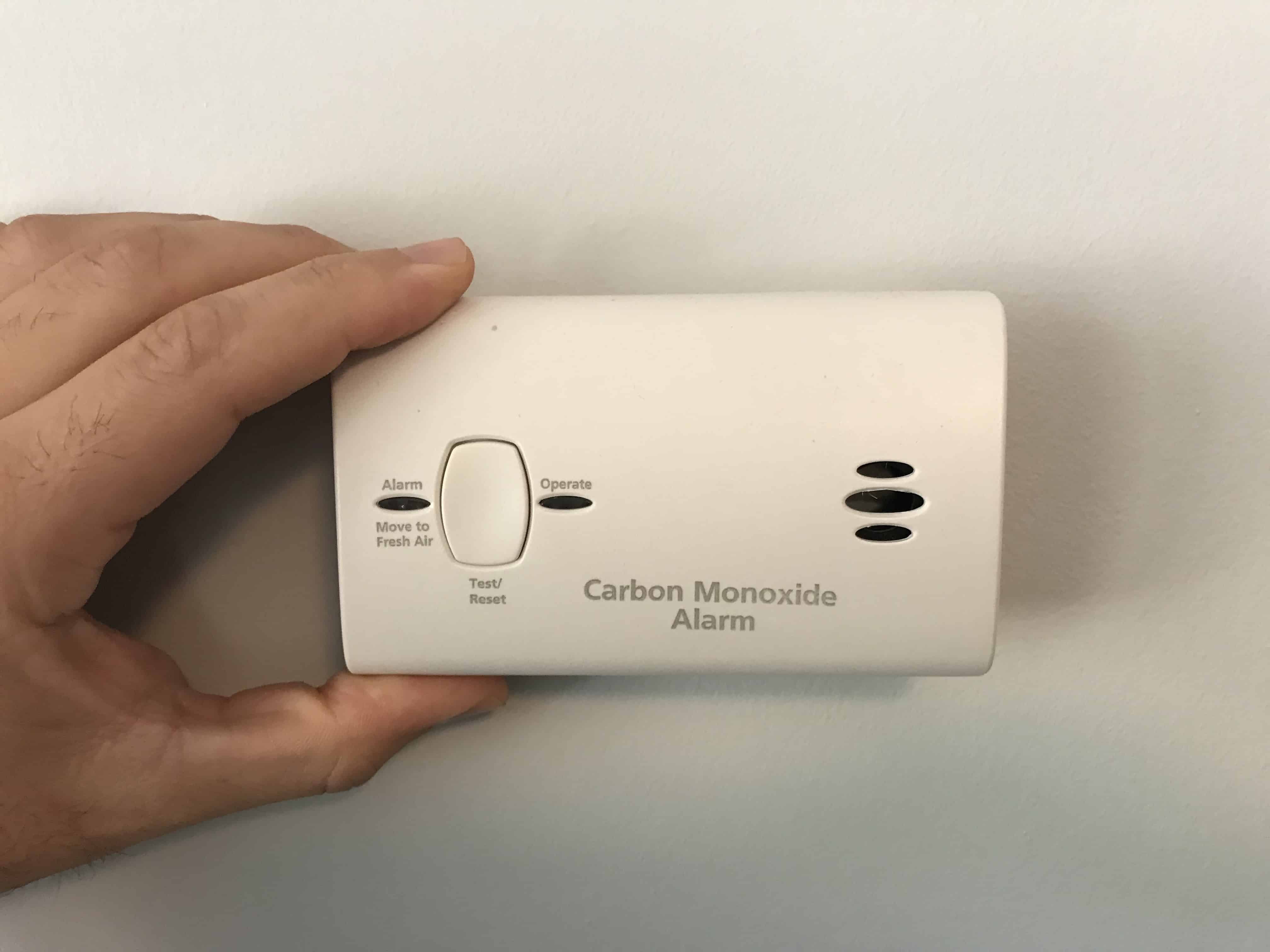

0 thoughts on “When Are GFCI Breakers Required”